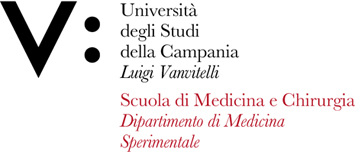Sara LIGUORI
Insegnamento di PROTESIOLOGIA ED ORTESIOLOGIA
Corso di laurea in FISIOTERAPIA (ABILITANTE ALLA PROFESSIONE SANITARIA DI FISIOTERAPISTA)
SSD: MED/34
CFU: 1,00
ORE PER UNITÀ DIDATTICA: 9,00
Periodo di Erogazione: Primo Semestre
Italiano
| Lingua di insegnamento | Italiano |
| Contenuti | conoscenze teoriche riguardanti le problematiche della valutazione funzionale e della pianificazione dell’intervento riabilitativo nel paziente che necessita di ortesi o protesi; conoscenze teoriche e pratiche riguardanti le protesi e le ortesi per l’arto superiore ed inferiore; conoscenze nel campo degli ausili; cenni di prescrivibilità |
| Testi di riferimento | Autore: David X. Cifu |
| Obiettivi formativi | - Approfondire le conoscenze e competenze nel campo delle ortesi e protesi |
| Prerequisiti | Conoscenza della anatomia umana, della biomeccanica articolare e muscolare. |
| Metodologie didattiche | Lezioni frontali |
| Metodi di valutazione | Esami di profitto orali |
| Altre informazioni | A richiesta degli studenti |
| Programma del corso | Ausili, ortesi, protesi (definizione e concetti generali) |
English
| Teaching language | Italian |
| Contents | Theoretical knowledge regarding the problems of functional assessment and planning of rehabilitation intervention in the patient who needs orthosis or prosthesis; theoretical and practical knowledge regarding prostheses and orthoses for the upper and lower limbs; knowledge in the field of aids; hints of prescription |
| Textbook and course materials | Autore: David X. Cifu |
| Course objectives | - knowledge and skills in the field of orthoses and prostheses |
| Prerequisites | Knowledge of human anatomy, and joint and muscle biomechanics. |
| Teaching methods | Lectures |
| Evaluation methods | Oral exams |
| Other information | At the request of the students |
| Course Syllabus | Prosthetic, orthotic, aids (definition and general concepts) |








